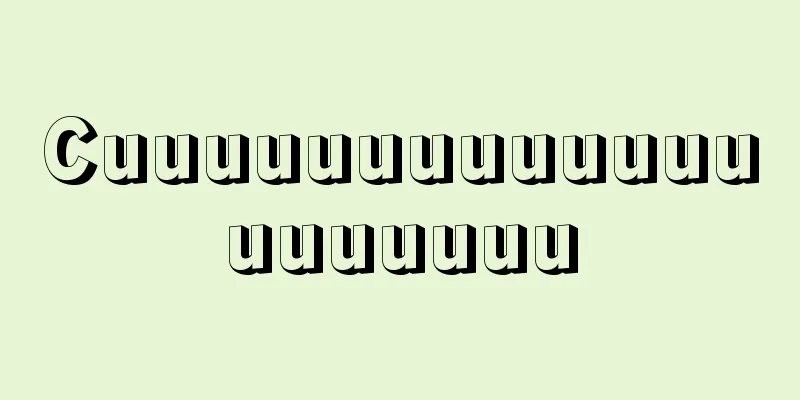Lyrics - Uta kotoba

|
〘Noun〙① A word that is not often used in daily language or prose, but is mainly used in waka poetry. It is similar to "tazu" for "crane" and "koma" for "horse." Poetic words. ※Similar to the following: A waka contest by Minister of the Interior Tadamichi on October 2, 1118 "The sky is so clear that it is hard to tell, but the words "kataminase ya" are not clear. If it is just called "urago no yama," it may not even be a lyric."② A note on a waka poem. [Glossary] (1) In the "Manyoshu," "tsuru" is not used to represent a crane, but "tazu" is used exclusively. In the "Tosa Nikki - February 1, 1271," there is a criticism of waka poetry that uses daily words, saying "nazo, tadago ni naru," and so on. From these and other factors, it is known that there has long been an awareness of distinguishing between words used in daily life such as prose and words used in waka poetry. (2) The concept of "lyrics" became clearer in the Middle Ages and later, and the idea that "lyrics" are elegant words and its opposite, "tada kotoba" are inelegant, everyday words, became a common understanding among poets. However, Fujiwara no Teika wrote in "Monthly Notes" that "the superiority or inferiority of lyrics should be judged by the way they are simply continued," and a position was also developed that all words that are in harmony within a single poem should be considered lyrics. Ka-shi [Lyrics]Source: The Selected Edition of the Japanese Language Dictionary About the Selected Edition of the Japanese Language Dictionary Information |
|
〘名〙① 日常語や散文にはあまり用いられないで、主として和歌に用いられることば。「鶴」を「たづ」、「馬」を「駒」という類。歌語。※類従本元永元年十月二日内大臣忠通歌合(1118)「覚束ないかにしぐるる空なればうらごの山のかたみなせなり〈略〉かたみなせ也とそへたる詞おぼつかなし。〈略〉ただうらごの山といふに付ていはば、歌詞とも覚ぬかな」② 和歌の詞書き。[語誌](1)「万葉集」で、鶴を表わすのに「つる」を用いず、もっぱら「たづ」を用いていること、「土左日記‐承平五年二月一日」に日常語を使った和歌に対する「なぞ、ただごとなる」という批判があることなどから、古くから、散文など日常に用いられる語と和歌に用いられる語とを分ける意識があったことが知られる。 (2)「歌詞」についての意識がより明確になったのは中世以降であり、「歌詞」は優雅なことば、その対立概念である「ただ詞」は優雅でない日常的なことばという考え方が、歌人の間では共通認識となっていったと見られる。しかし、藤原定家は「毎月抄」において、「ただ続けがらにて歌詞の勝劣侍るべし」といっており、一首の歌の中で調和することばであるならば、すべて歌詞と認める立場も生まれてくる。 か‐し【歌詞】出典 精選版 日本国語大辞典精選版 日本国語大辞典について 情報 |
Recommend
Ohagi
A type of mochi confectionery. A female term for ...
Cebu [island] - Cebu
A long, narrow island stretching from north to sou...
Alkmaion (anatomist)
...It is assumed that human dissections were alre...
Reed - Reed
Scientific name: Phragmites communis Plants. Peren...
Argillic layer - Argillic layer
...The process in which fine clay particles move ...
subglottic cancer
… [Hirohide Yoshioka]. … *Some of the terminology...
Agatha Christie
A leading female mystery writer in the UK. Born o...
General competitive contract - Ippankyosokeiyaku
A competitive contract is a contract that is concl...
Kakizaki Hakyo
Year of death: 22 June 1826 (26 July 1826) Year of...
Cream puff - shu-kurimu (English spelling) cream puff English
A pastry made of a cabbage-shaped skin filled wit...
pekoe
… The grade of black tea is often determined by t...
Alexander, Samuel
Born: January 6, 1859, Sydney [Died] September 13,...
Common customs and customs
A book written by Chinese scholar Ying Shao (date...
Soseki - Soseki
Year of death: Tenbun 2.4.24 (1533.5.18) Year of b...
Urasaku - Urasaku
In the case of double cropping, where different c...









